The heart of any home is the kitchen, where delicious meals are prepared, cherished memories are created, and conversations flow freely. Therefore, the layout is a crucial aspect to consider when designing or renovating a kitchen. In recent years, the age-old debate between closed and open kitchens has captured the attention of homeowners and interior designers’ attention. Each option has advantages and disadvantages, making it a decision that can significantly impact your living space’s functionality, aesthetics, and overall atmosphere.
In this blog post, we will delve into the fascinating discussion surrounding closed kitchens and open kitchens. We will explore the defining characteristics of each layout, highlight their unique benefits and drawbacks, and ultimately help you determine which style best suits your lifestyle and personal preferences.
Let’s dive in and explore the captivating world of closed and open kitchens, unraveling the mystery of which is the right choice for you.
Pros And Cons of Closed Kitchens
Closed kitchens, where the cooking area is separate from the rest of the living space, have advantages and disadvantages. One of the main pros of a closed kitchen is that it provides privacy and containment. It helps to confine cooking smells, noises, and mess within the kitchen, allowing the rest of the house to remain clean and quiet. Also, closed kitchens offer a dedicated space for cooking activities, ensuring the cooking process remains organized and efficient. However, closed kitchens can also have their drawbacks.
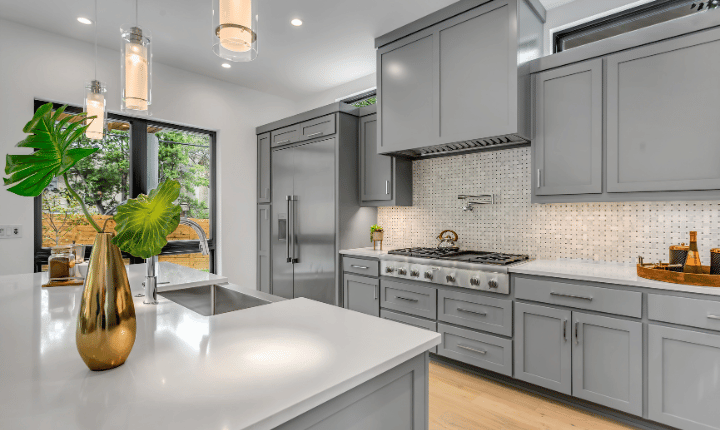
They can create a sense of isolation, as the cook is separated from the rest of the household and may miss out on social interactions while preparing meals. Closed kitchens may also restrict natural light and airflow, making the space cramped and less inviting. Furthermore, closed kitchens can hinder communication and connection between the cook and other family members or guests, as there is a physical barrier between them. Overall, choosing a closed kitchen depends on individual preferences and lifestyle needs.
Advantages of Open Kitchens
Open kitchens have gained tremendous popularity in recent years, and it’s easy to see why. This innovative concept has revolutionized the way we think about cooking and entertaining. One of the biggest advantages of open kitchens is the enhanced social interaction they promote. Gone are the days when the cook was secluded in a separate room, isolated from the rest of the family or guests. With an open kitchen, everyone can participate in the culinary experience, engaging in conversations and enjoying each other’s company. Open kitchens also provide a sense of spaciousness and airiness, making the entire living area feel larger and more connected. Also, they allow natural light to flow through the space, creating a warm and inviting atmosphere.
Furthermore, open kitchens offer practical benefits as well. They enable easier communication and supervision, particularly when preparing meals for families with young children. Also, the accessibility and visibility of the kitchen make it convenient for multitasking, whether catching up on work while cooking or keeping an eye on the kids while preparing a meal. Overall, open kitchens not only elevate the aesthetic appeal of a home but also enhance its functionality, fostering a sense of togetherness and making cooking a communal and enjoyable experience.
Considerations For Choosing a Closed Kitchen
One of the key decisions homeowners face is whether to opt for an open or closed kitchen layout. Although open kitchens have become increasingly popular due to their integration with the rest of the living space, closed kitchens still possess their charm and provide distinct benefits. Choosing a closed kitchen design requires careful consideration to ensure it aligns with your lifestyle and preferences.
Privacy is a significant factor to consider. A closed kitchen provides a secluded space where you can focus on cooking without interruptions, which is especially beneficial if you have a large family or enjoy hosting dinner parties. Also, a closed kitchen helps contain cooking smells, noise, and mess, preventing them from spreading to other areas of the home. It can be particularly advantageous for those who prefer a clean, organized living space. Another advantage is the ability to hide clutter and dishes from view, creating a sense of tidiness even during busy meal preparations.
Moreover, closed kitchens offer enhanced safety, especially if you have young children or pets. Keeping them out of the cooking area reduces the risk of accidents or injuries. , closed kitchens provide ample wall space for cabinets and appliances, allowing for efficient storage and easy access to cooking essentials.
The Appeal of Open Kitchens For Socializing
The appeal of an open kitchen extends beyond its aesthetic charm and functional advantages. Whether it’s hosting a dinner party or simply preparing a meal while chatting with family and friends, the open kitchen layout fosters a sense of togetherness and connectivity.
It allows hosts to engage with their guests while attending culinary tasks, ensuring no one feels left out or confined to a separate room. Also, the kitchen’s openness promotes a relaxed and casual atmosphere, encouraging spontaneous conversations and impromptu gatherings. The aroma of cooking wafts through the air, creating an inviting ambience that entices people to gather around, share stories, and partake in the joys of good food. Open kitchens have revolutionized how we socialize in our homes, transforming the heart of the house into a vibrant hub of interaction and camaraderie.
Design Differences Between Closed And Open Kitchens
Two popular layouts for kitchens are closed and open designs. Closed kitchens were once the norm, where walls separated the kitchen from other living spaces. However, an open concept is now a popular option that combines the kitchen with other living areas to create a larger, more functional space.
One of the primary design differences between closed and open kitchens is their layout. This layout may feel restrictive or cramped but allows privacy when cooking or cleaning up after meals. On the other hand, an open kitchen has no walls separating it from adjacent rooms such as dining or living rooms. That provides ample space for socializing while cooking, but noise levels may be higher due to no barriers between spaces.
Privacy And Noise Factors In Closed And Open Kitchens
It’s where families come together to cook, eat, and enjoy quality time with each other. But when designing a kitchen, two factors that often get overlooked are privacy and noise control. These elements can make or break the functionality of a kitchen space.
They offer an inviting atmosphere for easy communication between the cook and guests during social gatherings. However, open kitchens can also be noisy and lack privacy – two factors that can negatively impact cooking and entertaining experiences. In contrast, closed kitchens offer more privacy and better noise control but may feel claustrophobic or cut off from the rest of the house.
Accessibility And Flow In Open Kitchen Layouts
However, achieving an open kitchen layout that is both accessible and functional requires careful consideration of the flow of movement throughout the area. Firstly, consider the placement of your appliances and workstations to ensure optimal functionality. Any kitchen’s three main work zones are storage, preparation, and cooking. By designing your layout around these zones and placing them within easy reach of one another, you can create a highly efficient workspace that flows seamlessly from one task to another. Also, incorporating wide walkways between each work zone can enhance accessibility by allowing multiple people to move freely without disrupting the cooking process.
Traditional vs Modern Aesthetics: Closed vs Open Kitchens
The debate between traditional and modern aesthetics has been ongoing for years. One such area where this debate is apparent is in kitchen designs. The design of kitchens has evolved over the years, with closed kitchens being popular during traditional times while open kitchens are more prevalent in modern homes.
A closed kitchen is a space separated from the rest of the house by walls or doors. Traditional homeowners preferred this style as it offered privacy and allowed them to cook without worrying about disturbing others in the living areas. Closed kitchens also gave homeowners more control over smells and messes, which could be confined to the kitchen area.
In contrast, modern aesthetics have embraced open floor plans that combine different living spaces into one cohesive whole. This trend has led to an increase in open kitchens, allowing easy communication between those cooking and those lounging in the living room or dining area.
Conclusion
The debate between closed and open kitchens has been a subject of much discussion among homeowners and designers alike. Both styles offer distinct advantages and considerations that should be considered when deciding which one is right for you.
Closed kitchens provide a sense of privacy and separation from the rest of the living space. They offer a practical solution for those who prefer to conceal cooking activities.

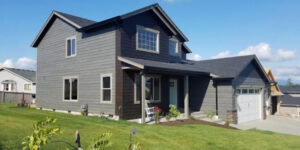
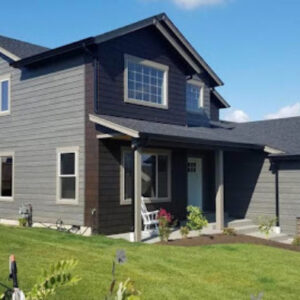

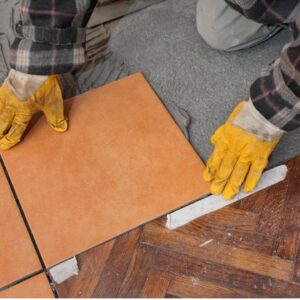
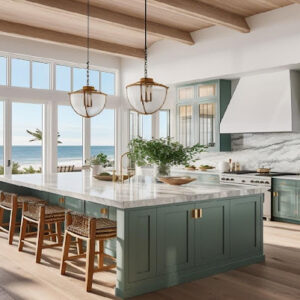

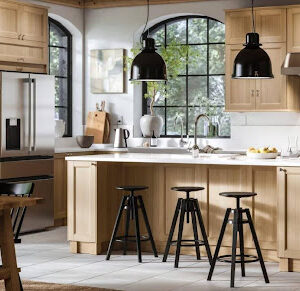

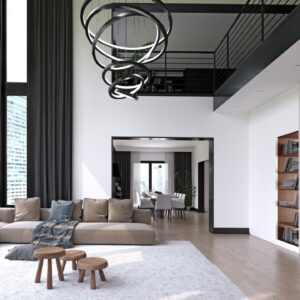


Commented Posts